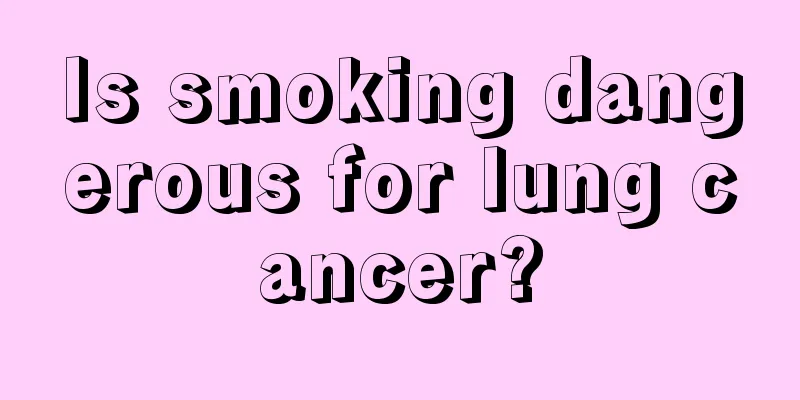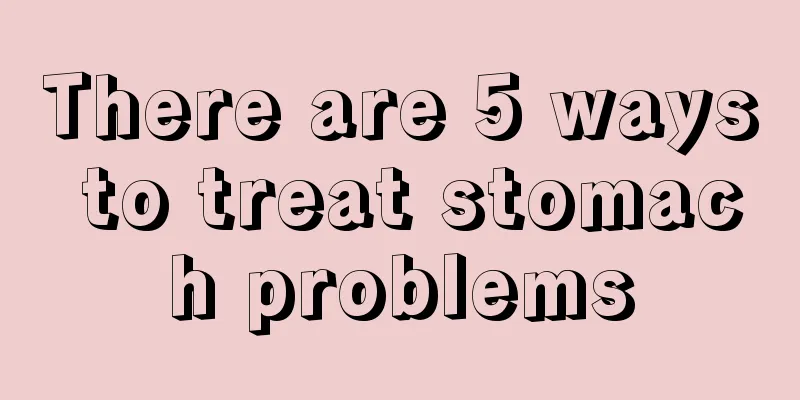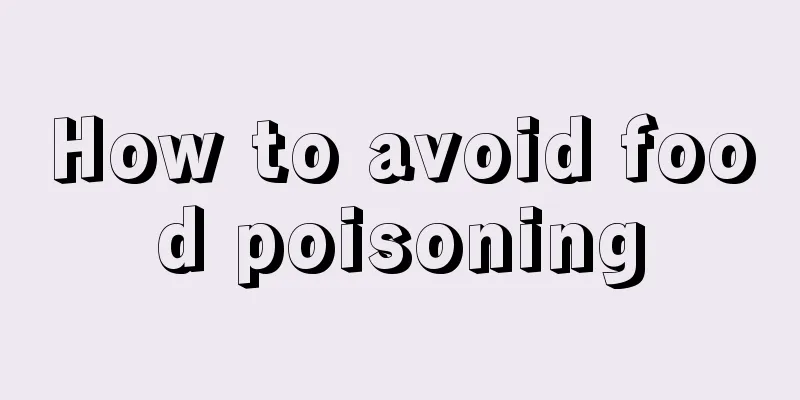Can pathological jaundice be cured?

|
Neonatal jaundice is a common disease. Many new parents will become anxious and panic when they find that their children have jaundice. Don’t worry, let’s listen to what the experts say. Jaundice can be divided into physiological and pathological jaundice. Pathological jaundice is relatively difficult to cure. Pathological jaundice requires medical intervention to be cured, so how long will it take for pathological jaundice to subside? 1. Several types of pathological jaundice in newborns 1. Hemolytic jaundice 2. Infectious jaundice 3. Obstructive jaundice 4. Breast milk jaundice 2. Treatment Methods 1. Phototherapy It is suitable for any indirect bilirubinemia, with bilirubin >205μmol/L, using blue light (cold light source) with a wavelength of 420-460mm, and can be continuously or indirectly irradiated for 24-48 hours, but the maximum cumulative exposure cannot exceed 72 hours. 2. Use tin mesoporphyrin for treatment, its code name is (SnMP). It is currently the only heme analog approved by the U.S. Food and Drug Administration (FDA) for clinical use. Usage: A small dose injection of SnMP 3-5 μmol/kg can last for about 7-10 days, and this period is exactly the peak period of neonatal hyperbilirubinemia. Therefore, SnMP injection can be used during this period to prevent the occurrence of neonatal hyperbilirubinemia. No serious early or late adverse reactions have been found in newborns treated with SnMP for 5 years. 3. Blood transfusion Suitable for hemolytic jaundice. It is an important measure to save lives when children suffer from severe hemolysis. Blood exchange can replace sensitized red blood cells and immune antibodies in the serum, preventing further hemolysis; lowering bilirubin and preventing kernicterus; correcting anemia caused by hemolysis and preventing hypoxia and heart failure. With the widespread use of phototherapy, exchange transfusions have been greatly reduced. Because pathological jaundice is generally more persistent, jaundice may persist or even worsen 2-3 weeks after birth, or it may be alleviated and then deepened. Because the causes are different, how long it will take to subside depends on the progress of treatment. Generally, it takes at least a week to recover. |
<<: What are right brain memory methods?
>>: What are the main effects of blood therapy?
Recommend
Mercury poisoning symptoms
Mercury, also known as mercury in scientific term...
Is breast augmentation surgery good?
With the faster and faster development of moderni...
Technical difficulty of laparoscopic radical gastrectomy
The incidence of gastric cancer ranks second amon...
Introduction to foods suitable for prostate cancer patients
Patients with prostate cancer must carefully foll...
What to do if the chili pepper gets on your hands and it's very spicy
In our lives, most people will find one thing whe...
Cancer cells spread, why are patients still full of energy? Reveal the medical truth behind it
Cancer, as a major threat to human health, often ...
Symptoms of erythematous antral gastritis
If you are used to eating one meal and skipping t...
How to effectively and completely cure small cell lung cancer
How can small cell lung cancer be effectively and...
The efficacy and function of egg yolk facial mask
In our lives, many people make their own facial m...
Will hormone face heal itself?
People use skin care products mainly to maintain ...
There is a lump on the gums, this is how to solve it
Everyone is familiar with the pimples on the body...
How to relieve chest tightness and panic?
In life, we may experience uncomfortable symptoms...
The most prominent manifestation of bladder cancer is urinary tract irritation symptoms
The most prominent manifestation of bladder cance...
The dangers of overeating and vomiting
We usually eat a lot when we feel hungry, but if ...
What are the treatment measures for primary liver cancer? Five methods are the most effective in treating primary liver cancer
The treatment of primary liver cancer is a proble...









